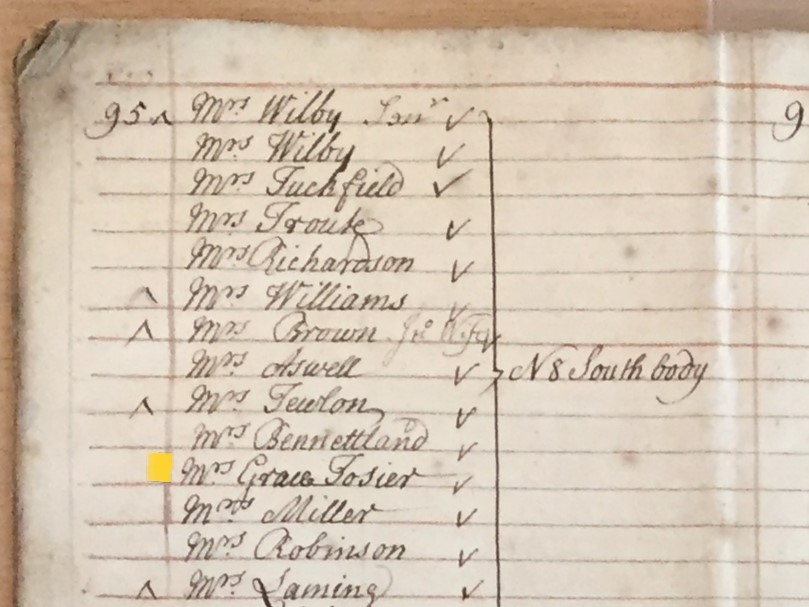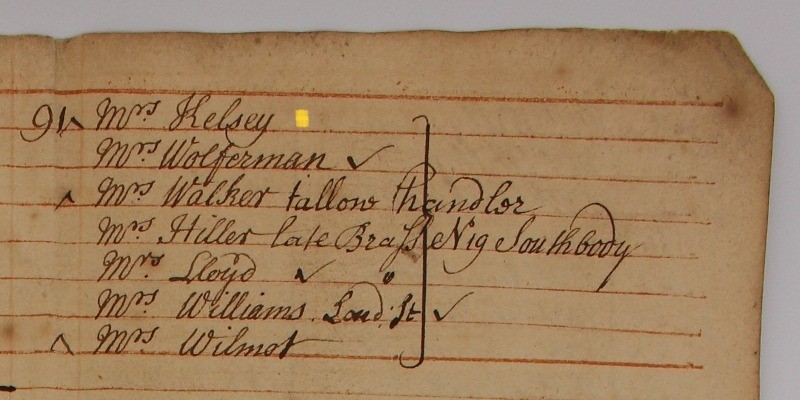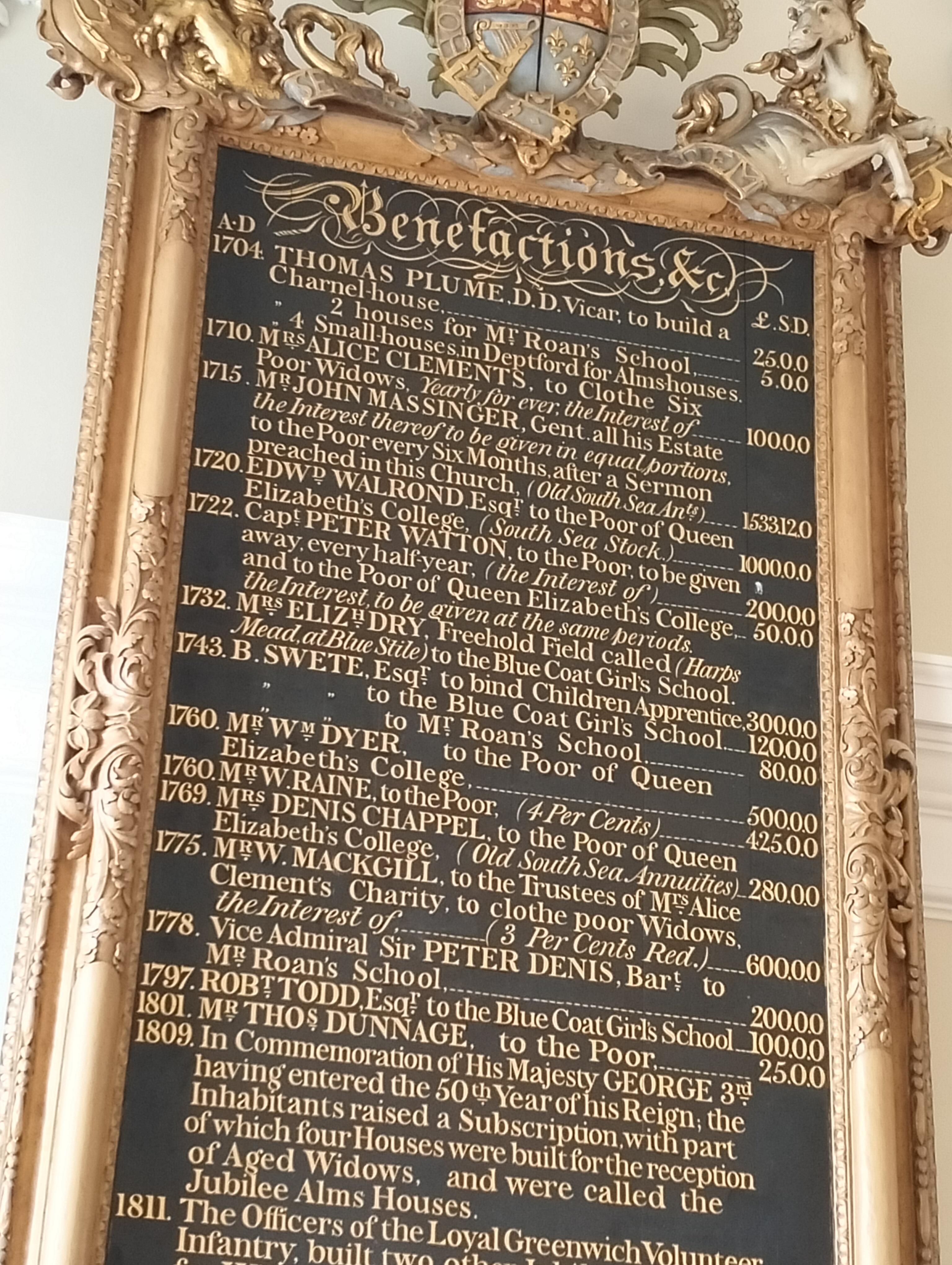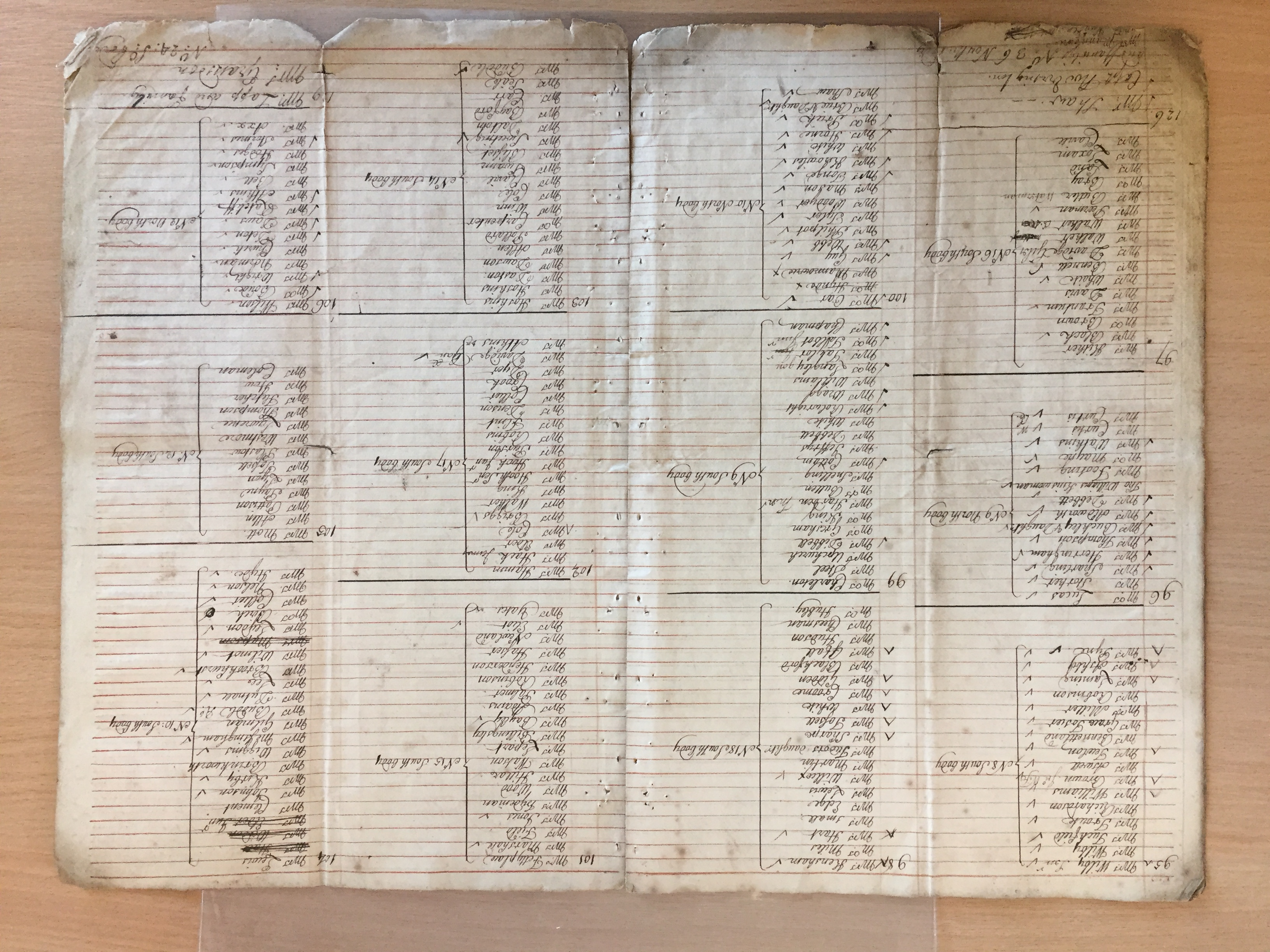
The 1719 Pew List laid out the seating arrangements for the newly rebuilt St Alfege in Greenwich, and reveals much about the local community. (© St Alfege, Greenwich)
The building
The original church building was created soon after St Alfege, the Archbishop of Canterbury being held hostage in Greenwich, was killed on site in 1012. A second church was built in the early 1200s but in 1710 a huge storm hit the building, leaving it beyond repair. The current church was designed in 1711 by the architect Nicholas Hawksmoor in his own highly original version of English Baroque.
The seating plan
Hawksmoor’s church was consecrated in 1718 and its archive holds a document dated 29 September that year, which lists, over 11 pages, the pew holders. These are the people who rented a seat, or several seats, in a pew (a bench, or enclosed seat) in the church. The title of the document refers to a seating plan, which unfortunately has been detached and its location is unknown. Nevertheless, the list itself gives an insight into the social character of Greenwich parishioners at this date, suggesting a densely occupied space, where the inhabitants were carefully arranged within it:
And Whereas the New Church being now duly Consecrated and opened for the use of the said Parishioners, it is highly fitting and reasonable that, upon their immediate Resort to it for the Daily Celebration of Divine Service, the said Parishioners should be informed in what seats they ought severally to sit and should accordingly repair to such seats, when they attend Divine Service, for the avoiding of Disorder and Confusion which must otherwise necessarily arise in so numerous an Assembly, composed of Persons of so different and unequal a Condition and Character.” (Bishop of Rochester's preface to the list)
The people who sat there
The Pew List includes 903 names in total, 430 of whom are women. Most of the pews were occupied by either men or women, and families were separated as a result. Surprisingly, the front half of the pews in the nave were almost exclusively reserved for women. While upstairs the 53 Gallery pews were dominated by male names, with just 13 individual women’s names listed there, the exception being the ‘Charity Girles’ who were allocated the West End North Gallery Room, (now an enclosed meeting room).
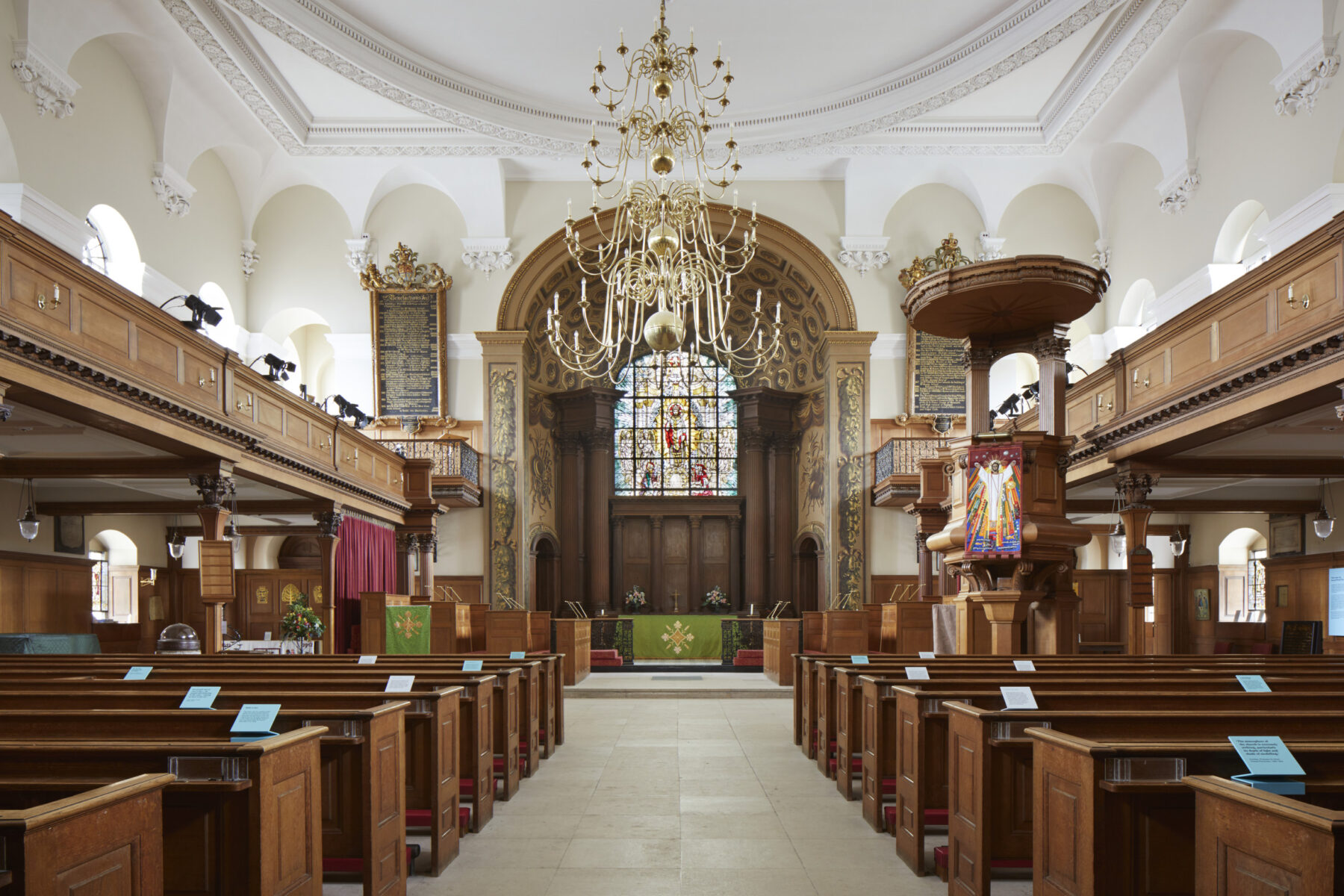
Facing East and looking down the nave of today’s St Alfege Greenwich, the galleries can be seen at the sides above. The ‘Charity Girles’ would have sat in the north gallery (left) and Elizabeth Dry is listed for the seating in the South Gallery (on the right). (© St Alfege, Greenwich)
Here's our cherry picks of the women we’ve researched from the pew list:

